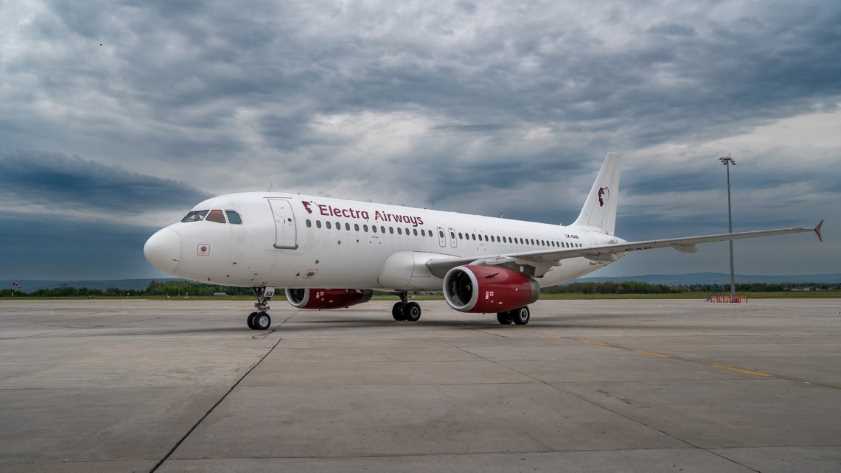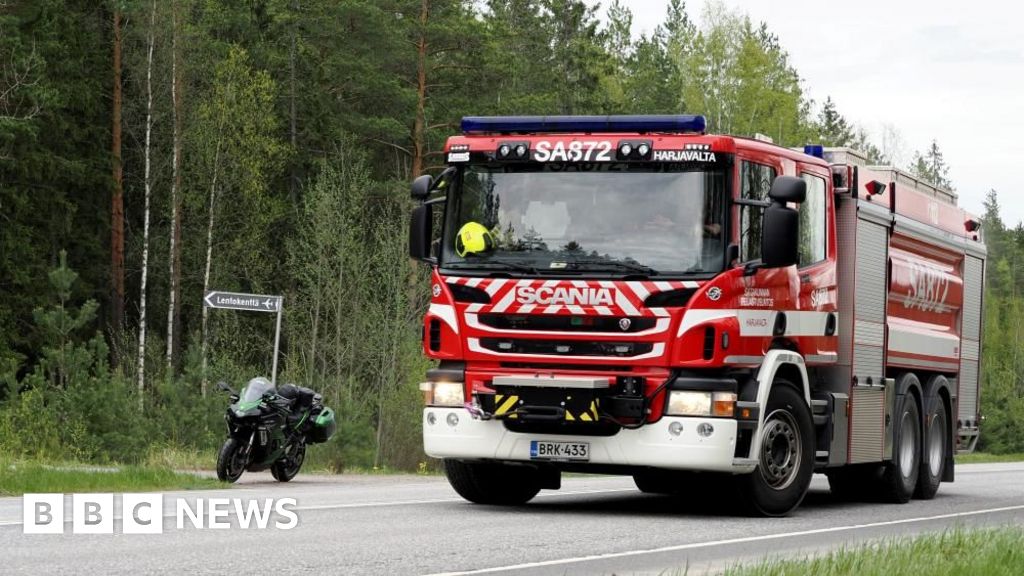Lufthansa A380 Flight LH414 Forced to Divert to Boston After Rapid Descent, Creates Transatlantic Travel Chaos, Unpacking the Turmoil: A Deep Dive
Saturday, May 17, 2025

Lufthansa A380 flight LH414 turned a routine transatlantic journey into a tense and unexpected ordeal. Midway through its route, Lufthansa flight LH414 was forced to divert suddenly. The massive A380 aircraft, traveling from Munich to Washington, made a sharp descent before rerouting to Boston. What began as a calm cruise at 40,000 feet quickly unraveled. Without warning, the jet initiated a rapid descent and changed course.
This wasn’t a simple delay. It was a full-blown disruption. A disruption so sudden that it sparked transatlantic travel chaos on both sides of the ocean. Boston Logan Airport became an unplanned destination, while Washington Dulles awaited a flight that would never arrive on schedule. Meanwhile, Munich braced for the operational fallout.
The A380, Lufthansa’s flagship aircraft, was built for smooth, long-haul travel. But today, its presence in Boston signals urgency. The divert wasn’t routine. The descent wasn’t planned. The turbulence wasn’t only in the air—it echoed across passenger itineraries and airline operations.
Now, with passengers stranded, connections missed, and schedules thrown into disarray, we’re left unpacking the turmoil. What happened to cause such a shift mid-flight? Why did Lufthansa flight LH414 make that turn? What does it mean for future A380 routes?
We take a deep dive into the sequence of events, the impact on the travel ecosystem, and what this means for transatlantic aviation. As the world watches, the skies once again remind us how fragile flight can be—and how quickly order turns to chaos.
Lufthansa Flight LH414, a flagship Airbus A380 operating the Munich-to-Washington route, made an unplanned emergency landing at today after an unexplained mid-air incident that sent the aircraft into a rapid descent from cruising altitude.
The aircraft, registered D-AIMB, had departed eight hours earlier, bound for . Everything appeared routine until the aircraft suddenly initiated a steep descent from , triggering emergency protocols and immediate air traffic control coordination.
Without warning, the massive shifted course and began descending rapidly while over the Atlantic, causing concerns among onboard passengers and aviation analysts alike. The pilot communicated with ATC and diverted the flight to , where the plane landed safely on and later taxied to .
No official cause has been confirmed at this time, but the sudden change in altitude and diversion has sparked widespread speculation within the aviation industry. Such unplanned mid-air actions often suggest medical emergencies, cabin pressure anomalies, or complex technical issues—none of which are yet confirmed.
The sudden reroute of has sent immediate ripples across the transatlantic air travel corridor—a critical route connecting Europe to the eastern United States. Thousands of passengers across related routes, codeshare flights, and connecting schedules now face cascading delays and cancellations.
With North American air travel demand nearing pre-pandemic levels, any disruption to a long-haul service triggers logistical headaches and operational strain. Moreover, Lufthansa’s reliance on the A380 for high-density, long-range flights means finding suitable replacements isn’t easy.
The diversion to , while safe and controlled, creates a domino effect across both and international terminals. Rebookings, missed connections, and aircraft positioning delays are now in motion.
For passengers onboard, the experience was anything but ordinary. A high-altitude cruise turned into an anxious descent, followed by hours of uncertainty. The cabin—designed for comfort and long-haul luxury—was transformed into a zone of concern.
The diversion left passengers stranded in a different city, facing new accommodations, unexpected layovers, and travel insurance complications. Families with children, business travelers with meetings, and tourists with plans in D.C. now find themselves in a logistical limbo.
Even though no injuries have been reported, the psychological impact is substantial. Travelers trust the safety of commercial aviation—but moments like this shatter that assumption, however briefly.
Lufthansa acted swiftly to minimize disruption. The airline confirmed that the diverted is now scheduled to depart at , subject to safety clearance and operational review. However, final destination adjustments or aircraft swaps could still occur, depending on further technical checks.
The airline’s crisis response is being monitored closely by both aviation authorities and competing carriers. In today’s digital landscape, a delay in information can cause reputational damage. So far, Lufthansa has prioritized safety and operational transparency, aiming to restore passenger confidence.
The , while celebrated for its size and capacity, presents unique challenges. Fewer airports can accommodate it. Maintenance complexity is higher. And quick fleet substitutions aren’t always possible.
This incident adds to the growing narrative around aging wide-body aircraft and their operational vulnerabilities. Many airlines are phasing out the A380 in favor of more fuel-efficient, flexible twin-engine jets like the or .
Lufthansa, however, recently reintroduced the A380 to select long-haul routes to meet rising demand. This decision, though strategic, may now be revisited in light of today’s diversion.
Tourism boards, especially those in Washington, D.C., and Munich, are watching developments closely. This isn’t just about one flight—it’s about trust in premium long-haul service, particularly during peak spring-summer travel season.
Travel insurance companies may also see a surge in claims following such mid-air disruptions. Travelers are now more cautious than ever, especially with increasing airfare prices and limited seat availability.
Moreover, competing carriers like United Airlines, British Airways, and Air France may feel pressure to reassure their customer bases that operational reliability remains intact.
A full investigation will determine the cause of the descent and diversion. Until then, safety procedures are being reassessed, and route audits may be performed. Lufthansa will likely release a technical update within the next 24 hours.
Travelers affected by the diversion will need assistance with hotel accommodations, rebooking services, and possible compensation—adding further pressure on Lufthansa’s customer service and support operations.
This incident also underscores a crucial truth: in aviation, even the most routine flight can take a dramatic turn. Transparency, speed, and safety are the pillars that airlines must uphold in times of crisis.
Meanwhile, for those onboard LH414, the story doesn’t end in Boston. It continues through long queues, late nights, and the echo of an unexpected descent that changed everything mid-flight.








